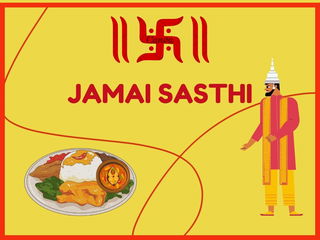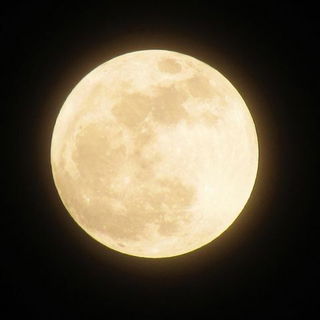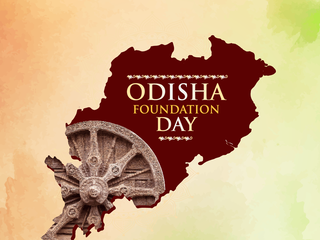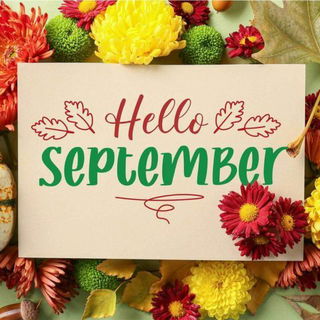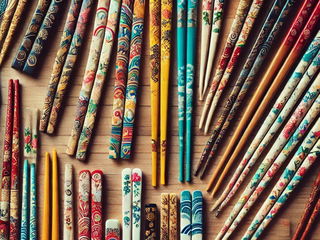Bihu is a vital part of Assamese culture,and deeply connected to agriculture, particularly rice cultivation.
The term “Bihu” also refers to Bihu Naas (Bihu dance) and Bihu Geet (Bihu folk songs), which are essential to the festival’s joyous expression.
In modern times, Bihu unites all Assamese people, transcending religious, caste, and social boundaries, and is cherished by Assamese communities worldwide.
Bihu Dates 2025
- Magh Bihu: 14th January
- Rongali Bihu: 14th April
- Kati Bihu: 18th October
Bihu is celebrated in three forms:
- Rongali or Bohag Bihu in April
- Kongali (Kati) Bihu in October or November
- Bhogali (Magh) Bihu in January.
The celebrations include huge feasts, dance, music with customs such as hanging brass, copper, or silver pots at home entrances and children adorning flower garlands while greeting the New Year.
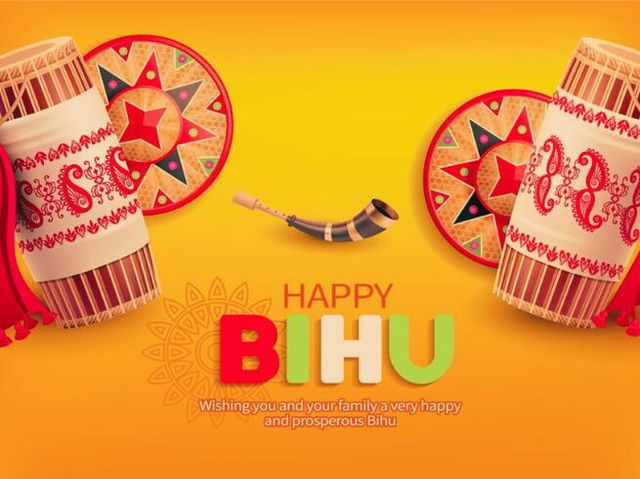
Bohag Bihu
Bohag Bihu is celebrated in mid-April which also marks the beginning of Assamese New Year and the arrival of spring.
It is the most intensely and grandly celebrated out of the three Bihus filled with feasts, dance, music, and community gatherings.
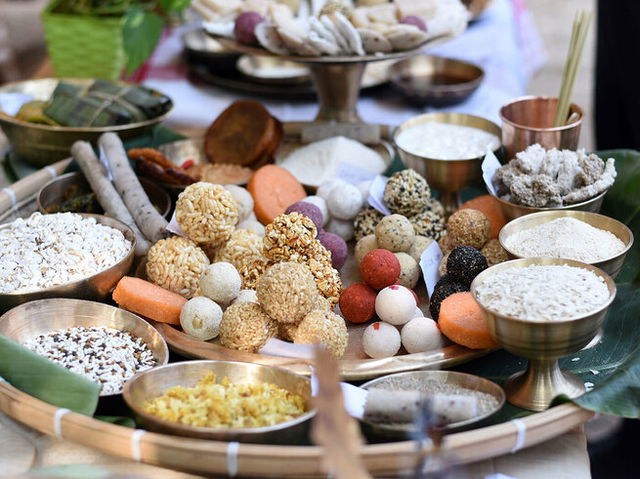
The festival goes for many days with different rituals and traditions being observed during this time.
- Goru Bihu (Cow Bihu): On the first day, cattle are washed, smeared with turmeric, and fed special treats as a gesture of gratitude for their role in farming.
- Manuh Bihu (Human Bihu): The next day, people take a traditional bath, wear new clothes, and seek blessings from elders. Gifts, especially traditional Assamese gamocha (woven cloth), are exchanged.
- Husori and Bihu Dance: Groups of young men and women perform Husori (traditional song and dance) by visiting homes and blessing families. The Bihu dance, known for its lively movements and rhythmic beats, is a highlight of the celebrations.
- Festive Foods: Special delicacies like pitha (rice cakes), laroos (sweet coconut or sesame balls), and other traditional Assamese sweets are prepared and shared.
Bohag Bihu symbolizes new beginnings, hope, and joy, as farmers prepare their fields for the upcoming agricultural season.
Kati Bihu
Kati Bihu is observed around the middle of October which is more subtle and solemn festival compared to the other two.
During this time, the crops are still growing in the fields, but the reserves from the previous harvest are already depleting.
As a result, there are fewer feasts and celebrations, making it a time of caution, prayers, and hope for a good harvest.
- Lighting of Lamps: People light earthen lamps (diyas) near their fields, granaries, and tulsi (holy basil) plants, believing that this will protect the crops from pests and evil spirits.
- Prayers and Rituals: Farmers perform rituals and chant prayers for a healthy and abundant harvest. Some also fast and offer food to the deities.
- Less Festive Atmosphere: Unlike Bohag Bihu, Kati Bihu does not have much dancing and singing. Instead, it is a time of patience and devotion as people wait for their crops to mature.
Magh Bihu
Magh Bihu, celebrated in mid-January, is the harvest festival, marking the end of the farming season when granaries are full.
The word “Bhogali” comes from “bhog,” meaning feast, which reflects the festival’s focus on food and celebration.
This is the most food-centric of the three Bihus, as people enjoy the rewards of their hard work.
- Uruka Night (Community Feast): On the eve of Magh Bihu, people gather in groups to prepare and enjoy a grand feast. Temporary huts called bhelaghars are built near fields, where people stay overnight, sharing food, laughter, and music.
- Meji Bonfire: The next morning, a large bonfire called Meji is lit, and people offer prayers before burning the huts. This fire is a symbol of warmth, prosperity, and the end of winter.
- Traditional Sports and Games: Magh Bihu also features traditional games such as buffalo fights, egg fights, and tekeli bhonga (pot-breaking).
- Delicious Foods: The festival is known for its rich traditional dishes, including pithas (rice cakes), sesame and coconut sweets, chira (flattened rice), curd, jaggery, and different meat and fish dishes.
Magh Bihu represents gratitude, abundance, and the joy of a successful harvest, bringing families and communities together in a spirit of togetherness and celebration.
History of Bihu
Bihu is derived from Deori word Bisu which means “excessive joy.”
Bihu has been celebrated for hundreds of years by many Bodo-Kachari groups including the Chutias, Sonowal Kacharis, Thengal Kacharis, and Deoris, who were part of the historical Kingdom of Sadiya.
Other Bodo-Kachari communities like the Boros, Dimasas, Rabhas, and Tiwas also have their own versions of Bihu, calling it Baisagu, Bushu Dima, Pisu, or Dumsi.
The Legend of Bordoisila
According to folklore, Bordoisila (meaning “girl of storm”) was the daughter of the Earth God.
She married someone from a faraway land but returned to visit her parents every spring, bringing strong winds with her.
When she left, another storm followed, marking the end of Bihu. This legend connects the festival with nature and the seasonal changes in Assam.
Ancient References to Bihu
The earliest mention of Bihu is found in a copperplate inscription from 1401 AD, issued by Chutia King Lakshminarayan.
It states that land was donated to a Brahmin on the occasion of Bihu, showing that the festival was already an important social event.
Another reference appears in the Deodhai Buranji, which records how the Ahoms attacked the Chutia kingdom in 1524 on the first day of Bihu.
The Ahom general tricked the Chutias by playing the Bihu Dhul (drum), making them think it was still a time of celebration, leading to their defeat.
Traditional Bihu Celebrations
Initially Bohag Bihu was held in the first week of Chot and the period that led up to Bihu was called Raati Bihu or Chotor Bihu when younger people danced at night in temple complexes.
The last day of Chaitra (or the first Tuesday of Bohag) was called Uruka, meaning “to end.”
Temple dancers known as Deodhani performed all night, believed to be possessed by the goddess Kechai-khati, signaling her arrival on Earth.
The day after Uruka, the first Wednesday, was Goru Bihu, dedicated to cattle.
The tradition of cattle rites in Bihu is similar to those in Bwisagu, celebrated by the Boros.
On this night, people performed Bihu dances in temple areas, where animal sacrifices were made.
This was followed by Husori, where people visited homes singing and dancing, a tradition still practiced by some Deoris, Sonowals, Chutias, and Morans.
The Bihu celebrations continued for a week, ending with a ritual where people sent off the goddess.
A small boat made of banana stems, decorated with flowers, was floated down the river with a duck or chicken inside as an offering.
Bihu Dance
The modern Bihu dance comes from Faat Bihu, a dance form from Dhakuakhana, Lakhimpur. In 1694, Ahom King Rudra Singha invited performers to showcase this dance in his royal court at Rang Ghar. The word Faat means “to migrate” in the Deori-Chutia language, as the dance was brought by displaced people from Sadiya. Over time, other communities also adopted it.
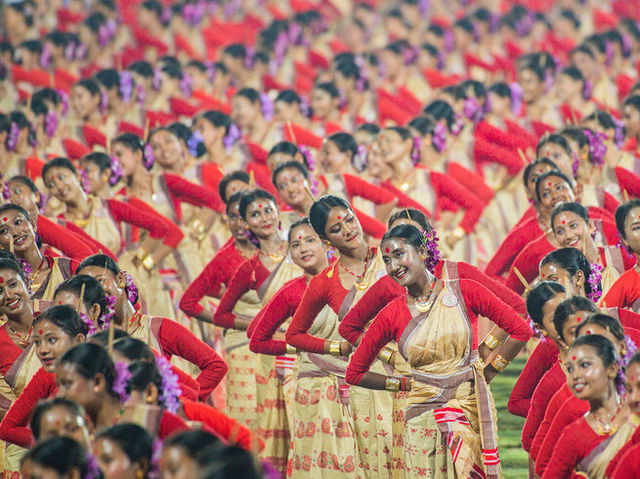
Ahom and Indo-Aryan Influence
Originally, the Ahoms celebrated a spring festival called Chyeng-Ken, as mentioned in the Khyek-Lai-Bet manuscript.
Later, they adopted Bihu, and King Rudra Singha gave it royal recognition by celebrating it at Rang Ghar, a tradition continued by later Ahom rulers.
The Indo-Aryans also influenced Bihu by bringing elements of Sanskrit culture.
They connected Bihu with Visuvan, an astronomical event marking the spring festival in other parts of India. This helped shape Bihu into the form we see today.
Interesting Facts About Bihu
- Early Bihu may have involved fertility rituals and symbolic human sacrifices, later evolving into the burning of meji effigies during Magh Bihu.
- Bihu songs use coded metaphors like planting bamboo or weaving clothes to symbolize romance and fertility.
- Singing Bihu songs outside April is believed to bring bad luck, a superstition meant to preserve the festival’s sanctity.
- The Sonowal Kacharis once sacrificed buffaloes during Garja Bihu for a good harvest, a practice that faded with Vaishnavism.
- Bihu dance’s energetic moves may have originated from Ahom military drills to keep warriors agile.
- Tai-Ahom influences link Bihu to Southeast Asian festivals like Thailand’s Songkran and Laos’s Pi Mai.
- Temporary Bihu huts (bhelaghar) symbolize the womb, and burning them marks renewal and rebirth.
- The first recorded Bihu songs from the 1920s were lost in a London fire during WWII.
- Kati Bihu lamps use cow dung, valued for its antimicrobial properties to protect crops and homes.
- Bhupen Hazarika composed a Bihu song for astronaut Rakesh Sharma, joking, “If Bihu can’t reach the stars, what can?”
- Gorokhiya Bihu involves whispering prayers into cows' ears and tying sacred threads to ward off evil spirits.
- Ancient Bihu songs tell tragic love stories between humans and supernatural beings, once suppressed as “immoral.”
